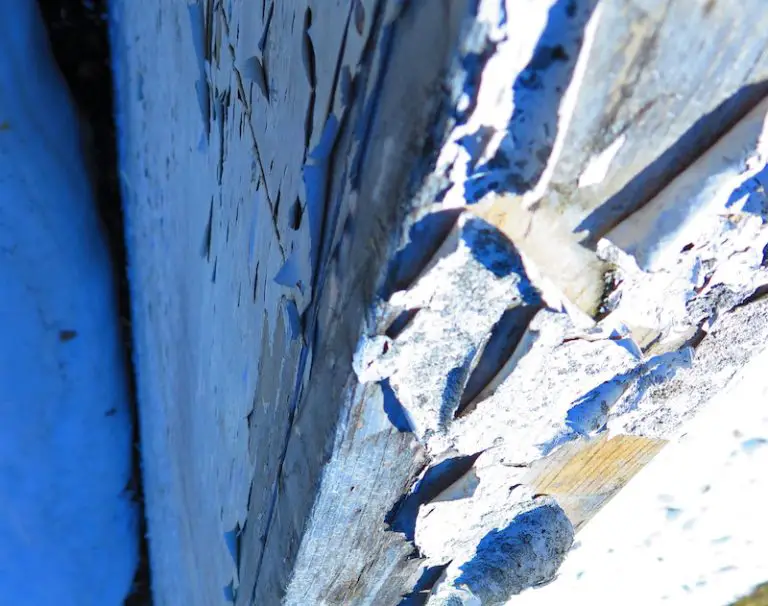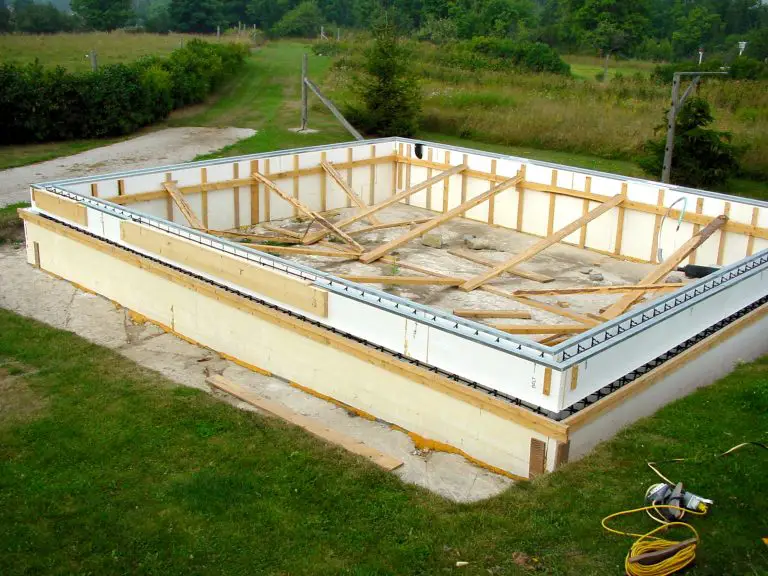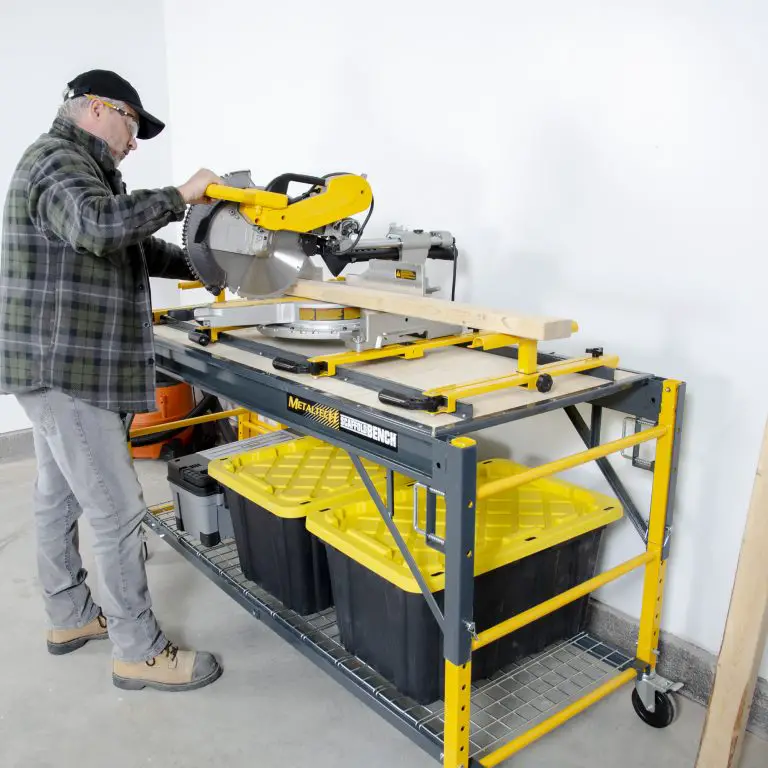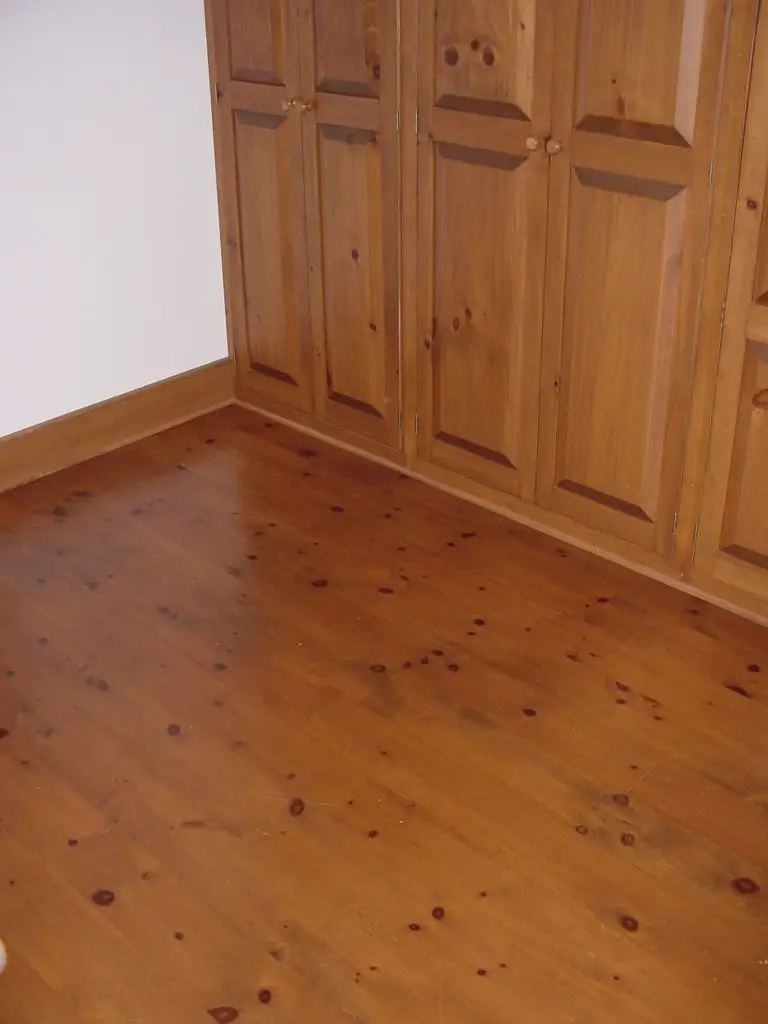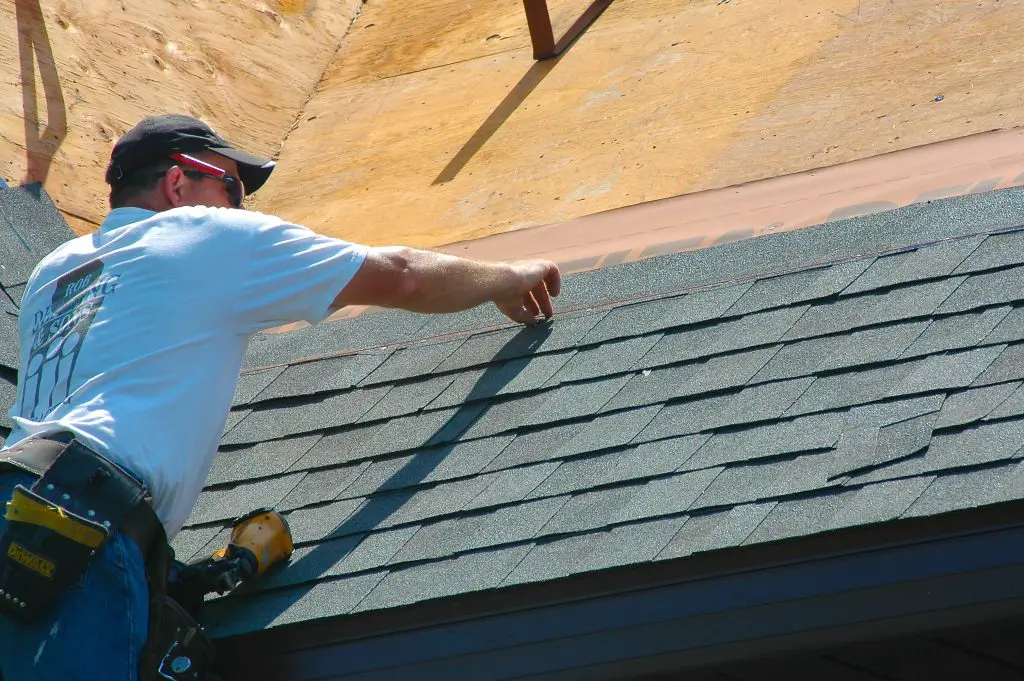
Question: What should I keep in mind as I make arrangements to have my asphalt roof reshingled? I’m hoping you can help me to make the right choices regarding asphalt shingles and underlay. Our current roof was done with 25 year shingles but they’ve failed completely after just 14 years. I want to do better this time.
Answer: Underlay, shingle choice and application details are the three factors that matter most when it comes to a new roof. These days many roofers don’t always apply any underlay before shingles go down, but that’s just laziness and greed. Insist that underlay be installed over the roof deck, ideally the kind meant to shed liquid water but allow water vapour to travel through and dry off. If for no other reason, underlay provides a second layer of protection in the event that shingles get torn off in a storm. It happens. Without underlay your bare wooden roof deck will be exposed to the weather in the event of shingle damage and will be unable to shed water. Also, if possible, arrange to have your new asphalt shingles installed in late spring or early summer. This provides enough sun heat to promote the sealing of shingles (with the promise of plenty more summer heat coming up), but not so hot that shingles become overly soft and easily damaged during installation.
It sounds like the shingles you had installed last time were one of those brands that sold defective products a while back and were sued because of it. Not all brands have this questionable legacy. I have no reason to recommend GAF shingles except that I’ve never seen anything other than solid, stable, long life from them. A shingling friend of mine has installed 1000 bundles a year for 15 years and never seen or heard of any issues with GAF. I shingled my workshop with GAF in 2007, and as of this writing (2025) the shingles still look brand new.
When it comes to application details, non-technical homeowners need to rely on the experiences of other homeowners. Ask for and check at least three references from at least three homeowners who have had work done by the roofer you’re considering. If a roofer has been in the business more than five years and you hear glowing reports from previous customers, you‘ve almost certainly got someone worth hiring.
Click here for more technical details to ask about as you connect with roofers.
The last time I re-did my house roof, I re-nailed the sheathing using a hurricane-rated nail that didn’t exist when I built the place. The video below shows these nails in action and the storm-protection benefit they offer as part of a re-roofing job.









